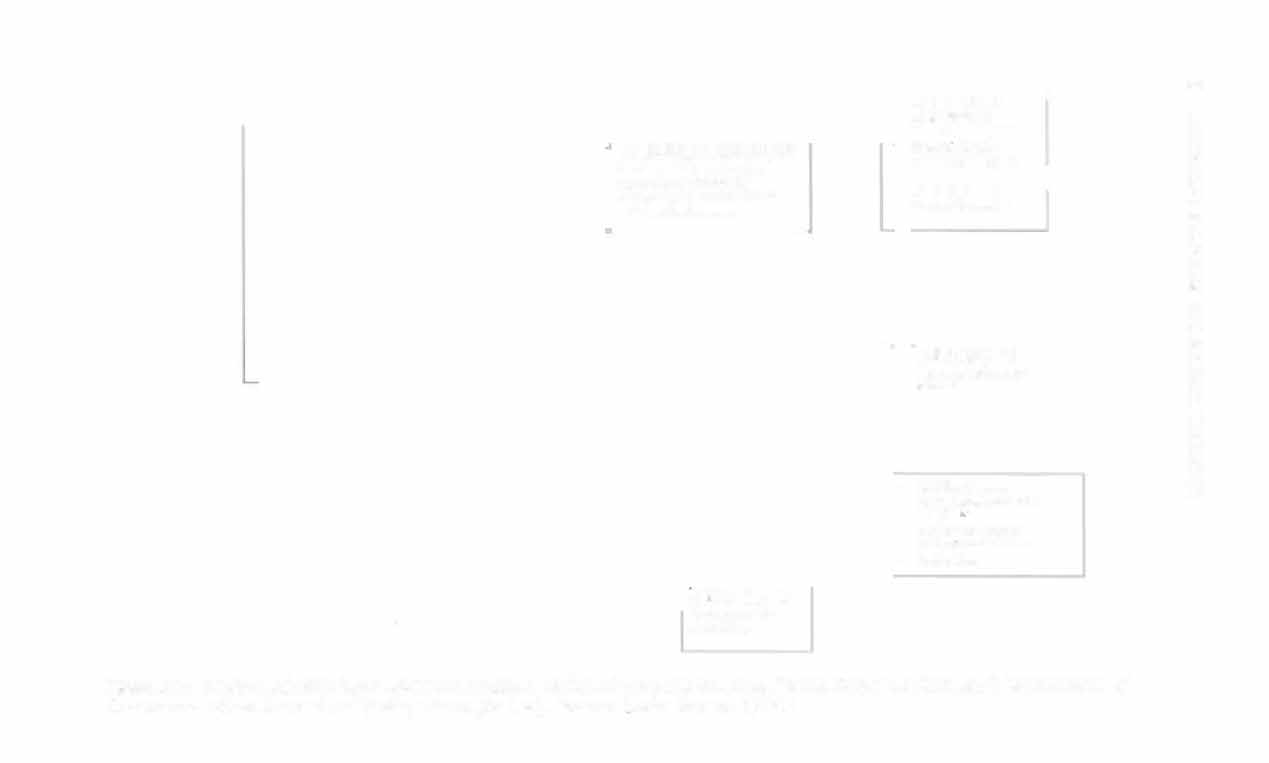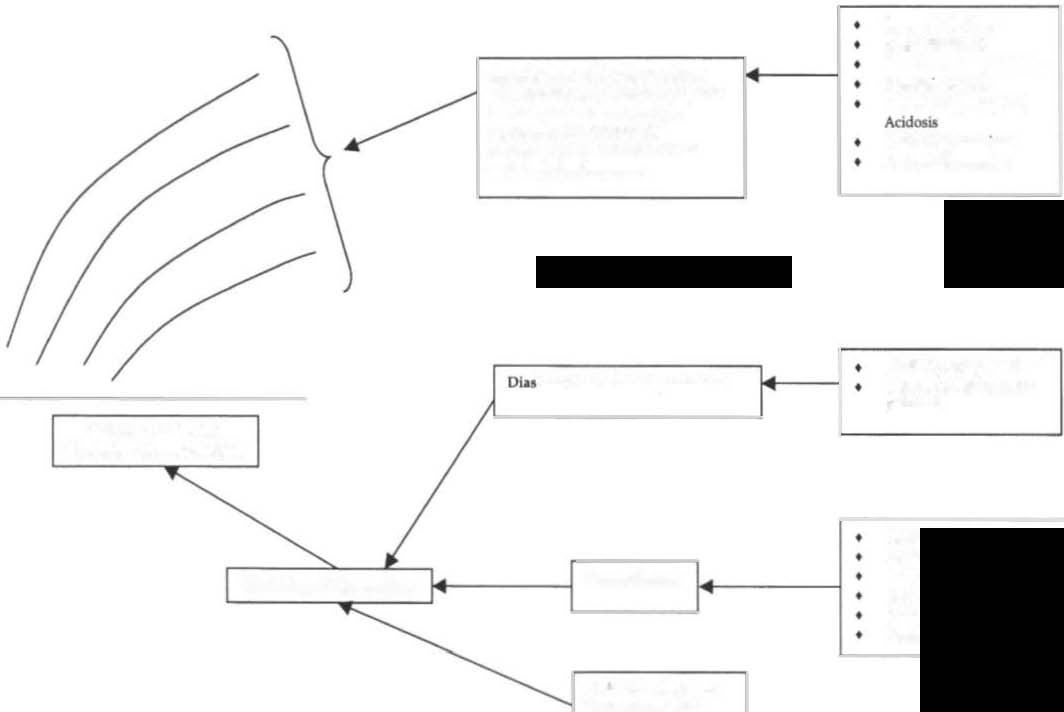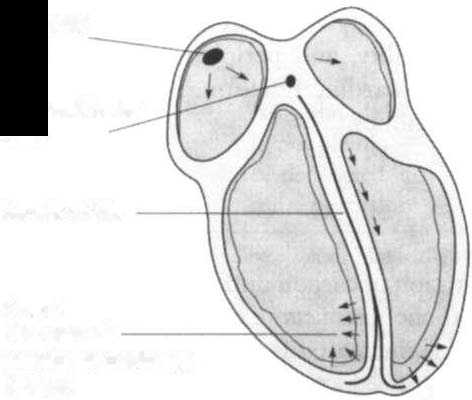i bc27f85be50b71b1 (6 page)
Read i bc27f85be50b71b1 Online
Authors: Unknown

Preload
Preload is the amount of tension on the ventricular wall before it contracts. It is related ro venous return and affects SV by increasing left ventricular end diastolic volume as well as pressure and therefore contraction J This relationship is explained by the Frank-Starling Mechanism and is demonstrated in Figure 1-2.
Frank-Starli/lg Mechanism
The Frank-Starling mechanism defines the normal relationship
between length and tension of the myocardium,s The greater the
stretch on the myocardium before systole (preload), the stronger
the ventricular contraction. The length-tension relationship in
skeletal muscle is based on the response of individual muscle
fibers; however, relationships between cardiac muscle length and
tension consist of the whole heart. Therefore, length is considered
in terms of volume; tension is considered in terms of pressure. A
greater volume of blood returning to the hearr during diastole
equates ro greater pressures generated initially by the heart's contractile elements. Ultimately facilitated by elastic recoil, a greater volume of blood is ejected during systole. The effectiveness of this
mechanism can be reduced in pathologic situations.4
Afterload
Afterload is the force against which a muscle must contract to initiate shortening.s Within the ventricular wall, this is equal to the





QO
S)'mpithtuc T ant
utecholaminn
foror.FftqUftlC)' Relation
S1"Olk SWill of tIM Myocudl".:
�
Tht lour bns prowk an eumple of
""""" . ....,.
AnoDa/Hyptrc:&pnlal
how tbt contrxtiIt .�It of Iht
�
myocanJl\lDI InfluIonca Iht
l.osI of MyocardIum
rNtiondUp bftWftft LVEDV and
'"
lnlnnlit�
'"
vmtritWM pmornwn.
�
z
"
g "
o
'"
�
Elutldty
J:
01 MyocardJum
-<
lo!!, Stak of tM Myol:lrdhun
upKity of Ventrkwn
�
0._
� ,...
Ldl VmtriclILIr End
mati.,!!, Vol ..... ' {LVEDyt
i
� �
Toul lSIood Volunv
�
Pumpof�IMUkIes
� of Myocard.i...
V_ Rttum
Body fUslllOn
lntnothorildl: �
lntnopmcardilll'rtulm
V_Tent
Atnal Contribution ID
VmlriNL1r filII,.
(Atnal Kid:J
Figure 1-2. Factors affecting left ventricular function. (Adapted from E Braunwal. J Ross, E Somlenblick. et al. Mechanisms of Contraction of the Normal and Faili,lg Heart {2nd ed}. Boston: Little, Brown, 1 976.}



CARDIAC SYSTEM
9
tension developed across its wall during systo le. The most prominent force contributing to afterload in the heart is SP, specifically vascular compliance and resistance. BP affects aortic valve opening
and is the most obvious load encountered by the ejecting ventricle.
An example o f afterload is the amount of pressure in the aorta at
the time of ventricular systo le.3
Cardiac Conduction System
A schematic of the cardiac conduction system and a normal electrocardiogram (ECG) are presented in Figure 1 -3. Normal conduction begins in the SA node and travels t1uoughout the atrial myocardium (atrial
depolarization) via intranodal pathways to the atrioventricular (AV)
node, where it is delayed momentarily. It then travels to the bundle o f
His, to the bundle branches, to the Purkinje fibers, and finally to the
myocardium, resulting in ventricular contraction.6 Disturbances in con-
Sinoatrial
node
Atrioventricular
node
Bundle of His
Area 1
R�tpa"of
ventricular discharge
Q wave
--4h Area2
Second I
part of
P Q S T
ventricular discharge
Figure 1-3. Schematic representation of the sequence of excitation in the
heart. (\'(lith permission from M \'(Ialsh. A Crumbie. S Reveley. Nurse Practitioners: Clinical Skills and Professional Issues. Boston: Butterworth-Heineman, 1999;99.)

